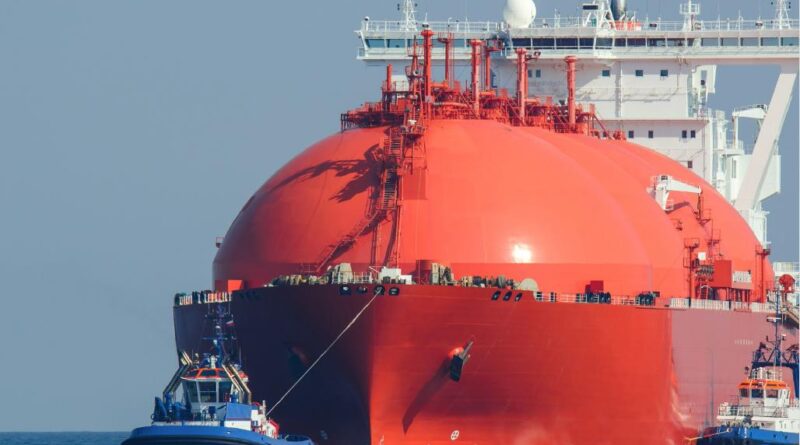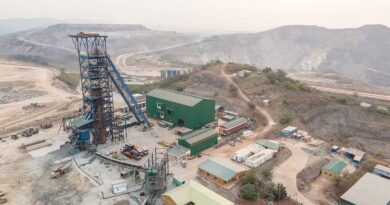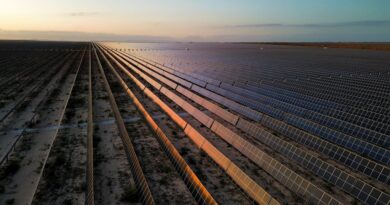Strong gas demand raises questions over emissions
“Eighty per cent of success is just showing up,” the saying goes, and it is often true when it comes to understanding an industry. Physically being present is often the best way to broaden and deepen your sense of what is happening, and that was certainly true at the Gastech conference in Singapore last week.
Last year’s event was held in Milan, and discussions were dominated by Europe’s urgent need to secure additional supplies of gas to replace pipeline exports from Russia. This year, the focus was on how emerging economies, especially in Asia, can find reliable supply at affordable prices to support economic growth and development.
Discussions at the conference underlined the point that on current trends a transition away from gas is certainly not imminent, in Asia or globally. Proposed alternatives such as low-carbon hydrogen for industrial processes and power generation are some distance away from being viable in emerging market economies. To make progress towards climate goals, the world needs to work on solutions that can succeed within those constraints.
Already in 2023, three new markets have become LNG importers: Hong Kong, the Philippines and Vietnam. Demand from emerging buyers in the region, including both new markets and new buyers in existing markets, is expected to grow. China and India will be the most important markets for those emerging buyers, on Wood Mackenzie’s estimates, but Southeast Asia is coming up fast.
Tan See Leng, Singapore’s minister for manpower and second minister for trade and industry, pointed out at Gastech that by 2025, Southeast Asia is expected to be a net importer of LNG, with domestic gas production declining in most of the region. Thailand’s LNG demand has soared since 2022, following a rapid decline in domestic supply.
Meanwhile, demand for gas is growing in countries across the region. Vietnam, for example, has an ambitious plan to develop gas-fired power generation, including 13 LNG-to-power projects targeting start-up by 2030. The country has been suffering rolling blackouts this year, as hydro-power production has been hit by droughts while demand surged.
The blackouts disrupted operations at factories supplying international companies, raising questions about Vietnam’s place in global supply chains. The government’s power sector strategy, published in May, said “electricity development must be one step ahead to create a foundation for promoting rapid and sustainable development of the country.”
Those economic considerations, similar in other emerging economies, underpin Wood Mackenzie’s forecast that global imports of LNG will grow from about 554 billion cubic metres this year to about 857 billion cubic metres in 2040. Over that period, we expect demand to drop about 20 bcm in Europe, but to rise by 67 bcm in China, 100 bcm in Southeast Asia, and 103 bcm in South Asia.
Lower-carbon alternatives to natural gas — in particular hydrogen and derivatives such as ammonia — are technically feasible and growing fast. But emerging economies that face constraints on their spending do not see those alternatives as economically viable today. As Alan Heng, group chief executive of Singapore-based Pavilion Energy, put it: “We want to get cleaner by a particular date. But we don’t want to do that in a way that disrupts our lives or hurts our economies. Or worse, deprive those who don’t have energy today.”
I moderated a conference panel session at which one of the speakers was Muhammed Aziz Khan, founder and chairman of Bangladesh-based Summit Power International. He emphasised that at anything at all close to current prices for low-carbon hydrogen and its derivatives, it would not be a viable option for power generation in Bangladesh, and he expected demand for LNG to persist for a long time to come.
Wood Mackenzie’s forecast path for natural gas consumption does not look consistent with a world that is on course to meet the goal of the Paris Agreement of limiting global warming to “well below” 2 °C. If global policymakers want to keep hopes of achieving that goal alive, they need to step up efforts to curb greenhouse gas emissions by whatever means can be brought to bear.




